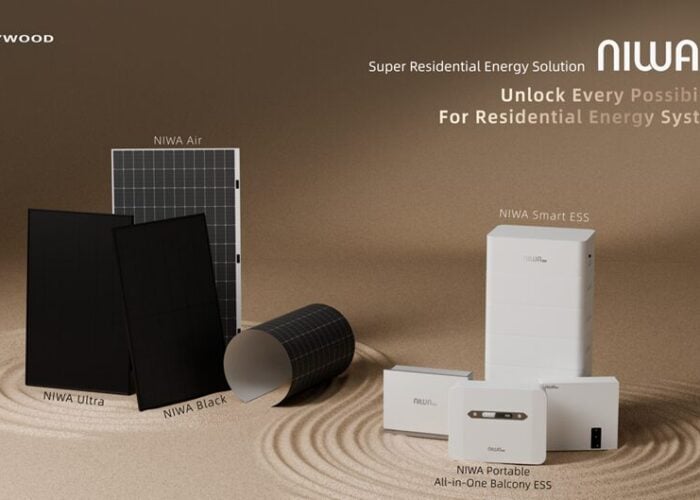
China’s PV industry is tentatively starting to get back to work after the extended New Year holiday period, due to the novel coronavirus (2019-nCoV).
Only a small number of China-based PV manufacturers have provided the slimmest of details surrounding production starts. However, the supply chain logistical issues in specific provinces affected the most by the 2019-nCoV could have a greater impact as production ramps and component shortages materialize.
With major ports such as Shanghai operating at lower throughput levels, reported to be as low as 14%, overseas shipments of PV modules are expected to be impacted by the 2019-nCoV.
Unlock unlimited access for 12 whole months of distinctive global analysis
Photovoltaics International is now included.
- Regular insight and analysis of the industry’s biggest developments
- In-depth interviews with the industry’s leading figures
- Unlimited digital access to the PV Tech Power journal catalogue
- Unlimited digital access to the Photovoltaics International journal catalogue
- Access to more than 1,000 technical papers
- Discounts on Solar Media’s portfolio of events, in-person and virtual
Two upstream sectors (Polysilicon and PV glass) continued production through the Chinese New Year as is the norm, except when planned shutdowns are made for annual facility maintenance. Glass making furnaces run continuously.
Some of the key polysilicon and wafer producers have operations in the North West regions, which have had limited impact from the 2019-nCoV. PV Tech’s most recent checks since the beginning of February, indicate around 11 Polysilicon companies are operating at normal or near normal capacity, having complied to prevention and control measures for workers, in respect to the 2019-nCoV.
However, it would seem raw material logistics has been impacted by the 2019-nCoV, with polysilicon process slightly higher than before the New Year period.
JA Solar and Tongwei Group have both donated approximately RMB 10 million (US$1.43 million) each to charities supporting the 2019-nCoV efforts in the epicentre, the city of Wuhan and Hubei province.
GCL Group was said to have donated 50MT of concentrated disinfectant for fighting the virus in the city of Xuzhou, Jiangsu province. Both areas have been heavily impacted by the 2019-nCoV. Other polysilicon producers such as Xinte and Daquan Group have also provided material assistance, amongst others, in the last few weeks.
PV inverter manufacturer, Ginlong donated RMB 1 million (US$ 143.4K) to the Xiangshan region Red Cross in support of the 2019-nCoV efforts.
As PV Tech previously highlighted, Jiangsu province, was home to a number of ‘Solar Module Super League’ (SMSL) members, including Canadian Solar, LONGi Group, Trina Solar, Q-CELLS and JA Solar.
LONGi Group said that it had “activated contingent plans to minimize impact to production capacity and order fulfillment,” noting that its cell and module production facility in Malaysia was currently running at full capacity.
However, production at sites in China were only just returning to operation, having actioned prevention and control systems including specialist teams monitoring workers in relation to early signs of the virus. LONGi noted that among more than 30,000 employees, no confirmed nor suspected cases of 2019-nCoV had been reported.







